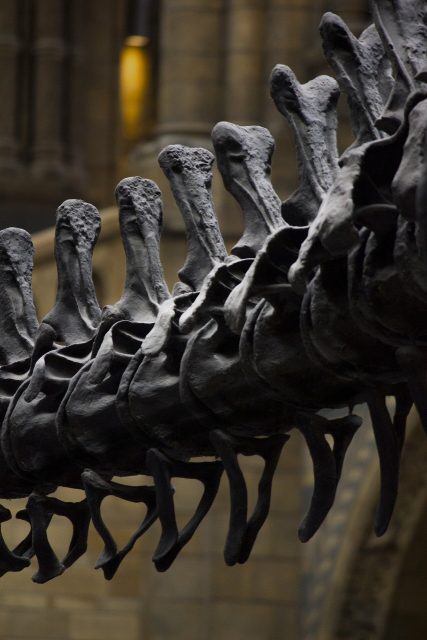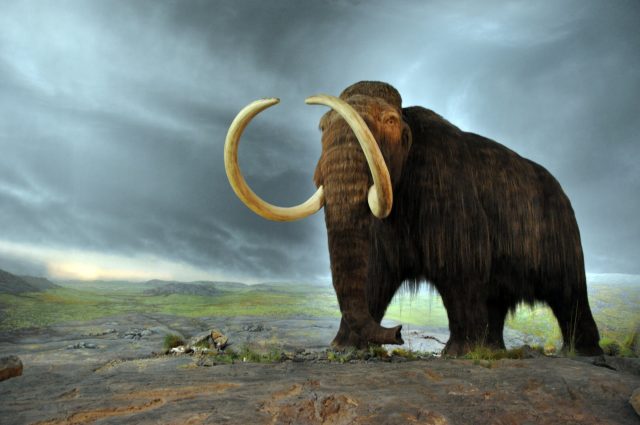Fossil discoveries often help answer long-standing questions about how our modern world came to be. However, sometimes they only deepen the mystery -- as a recent discovery of four new species of ancient insects in British Columbia and Washington...
Scientists from Mahasarakham University (Thailand) and the University of Bonn have examined the newly discovered caudal vertebrae of a spinosaurid dinosaur that could belong to Siamosaurus suteethorni. The comparison with finds around the world led to the realization that...
The fossil in question is that of an oviraptorosaur, a group of bird-like theropod dinosaurs that thrived during the Cretaceous Period, the third and final time period of the Mesozoic Era (commonly known as the 'Age of Dinosaurs') that...
By closely examining the jaw mechanics of juvenile and adult tyrannosaurids, some of the fiercest dinosaurs to inhabit earth, scientists led by the University of Bristol have uncovered differences in how they bit into their prey.
They found that younger...
Woolly mammoths may have walked the landscape at the same time as the earliest humans in what is now New England, according to a Dartmouth study published in Boreas. Through the radiocarbon dating of a rib fragment from the Mount...
Neandertals—the closest ancestor to modern humans—possessed the ability to perceive and produce human speech, according to a new study published by an international multidisciplinary team of researchers including Binghamton University anthropology professor Rolf Quam and graduate student Alex Velez.
"This...
For more than 150 years, scientists have been incorrectly classifying a group of fossil insects as damselflies, the familiar cousins of dragonflies that flit around wetlands eating mosquitoes. While they are strikingly similar, these fossils have oddly shaped heads,...














